Description
Ludwig van Beethoven (1770 - 1827), was born in Bonn in 1770 and first visited Vienna in 1787, originally planning to study with maestro W.A. Mozart. He was obliged to return home almost immediately as his mother became ill. He returned in 1792, after the death of Mozart, and began studying with Joseph Haydn. Prior to his departure, his patron Ferdinand von Waldstein writes to him:
"Dear Beethoven! You are going to Vienna in fulfilment of your long-standing wishes. The genius of Mozart is mourning and weeping over the death of his pupil. He has found a refuge but no occupation with the inexhaustible Haydn ( ... ) With the help of assiduous labour you shall receive Mozart’s spirit out of the hands of Haydn. Your true friend, Waldstein."
Beethoven lived and worked in Vienna for the rest of his life (he died in 1827), helping it to further consolidate its position as the musical centre of Europe. He composed all of his immortal masterpieces here. Ignaz Bösendorfer started his piano manufactory in 1828, the year following Beethoven’s death, and his ideas of sound were very much shaped by Vienna’s cultural environment that was, eventually, profoundly influenced by Beethoven. Many artists have chosen Bösendorfer instruments for their performance of Beethoven’s works.
Bösendorfer honour this great composer for his 250th birthday with the 2020 Edition of the Beethoven Model.
Every detail of a Bösendorfer Piano is carefully considered.
Resonance Case Principle
Very similar in principle to a violin, the whole body, not just the soundboard, supports sound formation. The core of the piano rim consists of a 10 mm quarter-sawn piece that is specially grooved by experienced craftsmen to allow it to be bent to the silhouette around the inner rim. This is unique to Bösendorfer. When a note is played, the integrated spruce components become acoustically active, forming a complete resonating body that allows the whole instrument to project your play and delivers an outstanding richness of tone colour. This complex construction is part of the Viennese tradition of piano making.
Individual Stringing
Each string is individually attached with a handmade loop. Over time this improves tuning stability and is particularly service friendly.
Unique Bass Strings
All bass strings are spun in the unique Bösendorfer way. A steel core string is the basis for 1 or two layers of copper and the carefully spun strings are a substantial element of the warm and sonorous Bösendorfer bass.
Independent Capo d’Astro
Bösendorfer is the only piano manufacturer that applies a detachable and independent Capo d’Astro in the upper register. This is how they assure an utmost precise adjustment in the upper register guaranteeing the original Bösendorfer Sound for generations.
Open Pinblock
An open pinblock consists of 3 layers of 7mm quarter sawn maple, glued cross-grained to each other. Settled on a base of red beech, this construction offers a firm basis for the pins tied with strings. The top layer is refined with a 1.5mm walnut veneer.
Bösendorfer instruments will unveil the fine nuances of the music you play.
Inspired by a lifetime love of music and a commitment to make music accessible to all, Coach House Pianos was created by experienced French polisher, Nick Rusling. Having worked alongside an uncle, who ran the Bristol Piano Company, Nick was eager to share his expertise in piano restoration.
With room for just 23 instruments, Coach House Pianos initially comprised a small showroom and a restoration and polishing workshop. However, as the word spread to the local community, the company quickly outgrew the old building. Today, Coach House Pianos is regarded as the UK's leading specialist of fine instruments, with over 300 pianos displayed across their Flagship London Showroom and purpose-built Showroom in Swansea. With a dedicated Workshop and Restoration Centre, all pianos are expertly prepared by their Master Craftsmen prior to being delivered and installed in homes, schools and venues all around the world.
Their reputation and passion for the subject, quickly allowed them to establish long-lasting relationships with leading piano teachers, tuners and other industry specialists. This network of expertise, and Nick’s knowledge of antique and unusual pianos, continues to underpin and drive the business today.
Please click here for full details of our London and Swansea Showrooms.

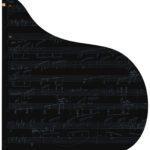
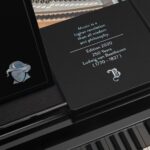

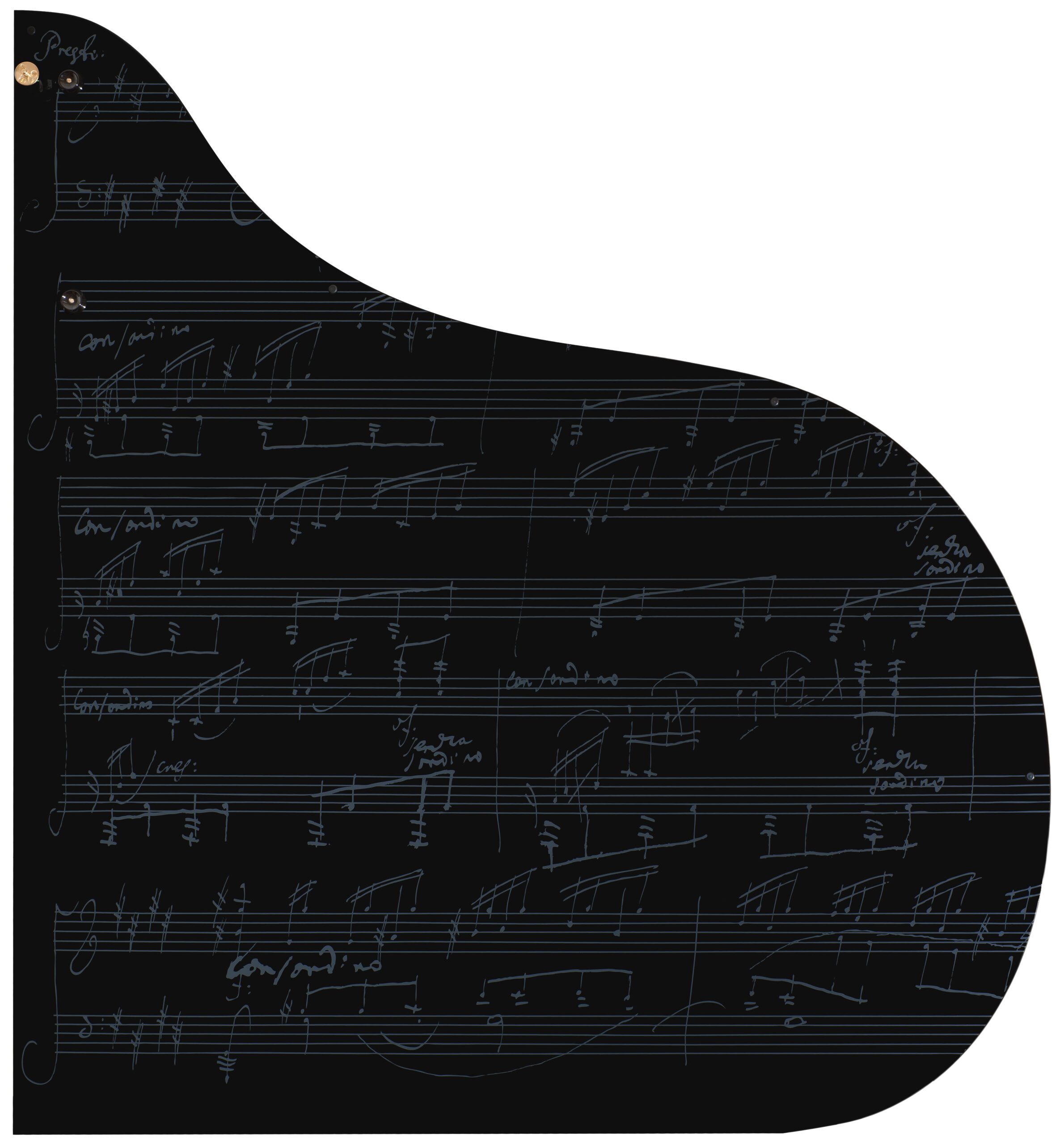
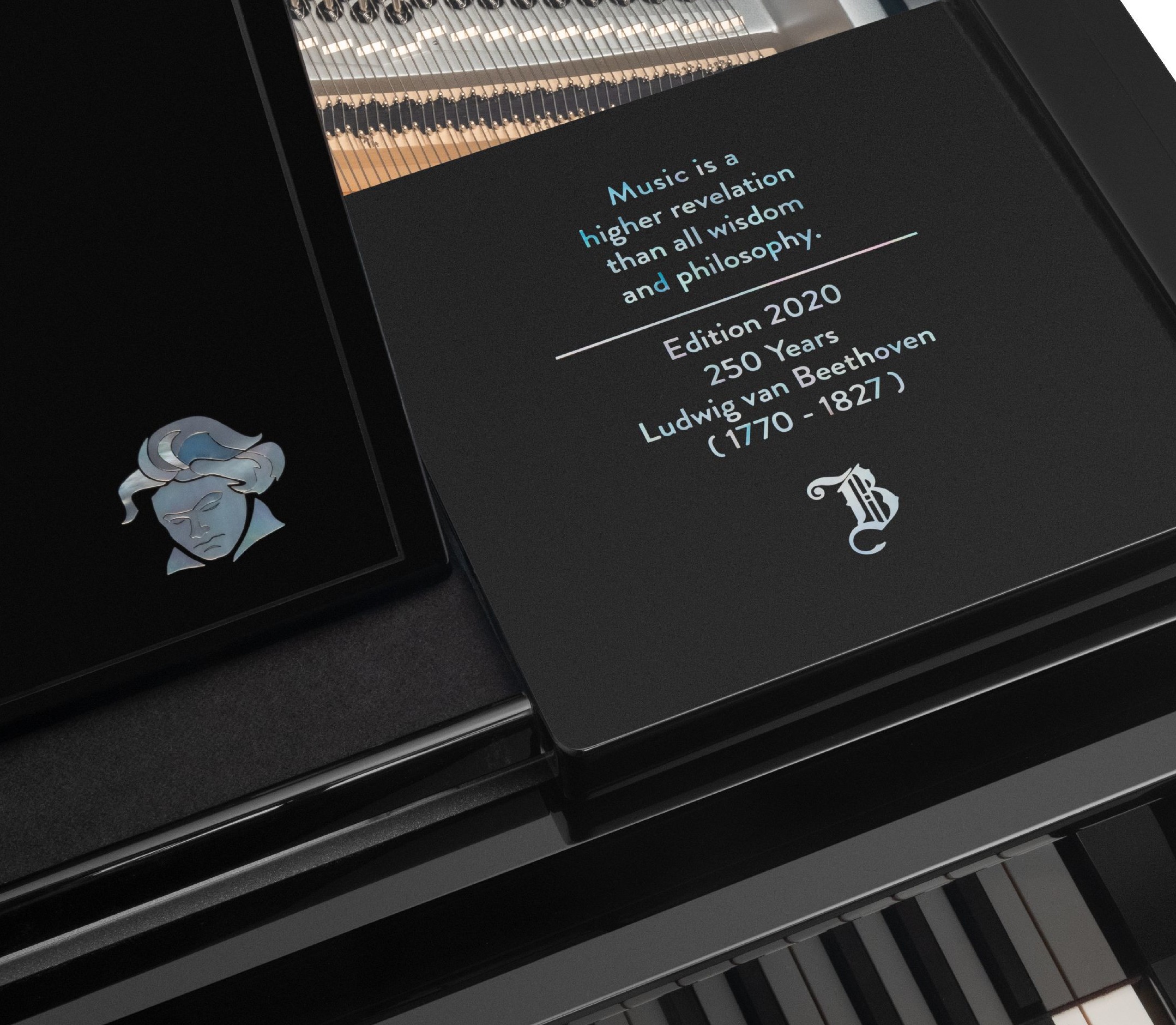

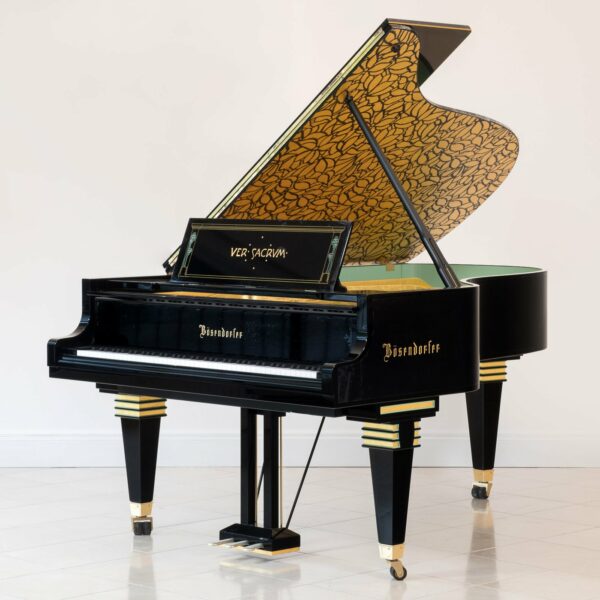
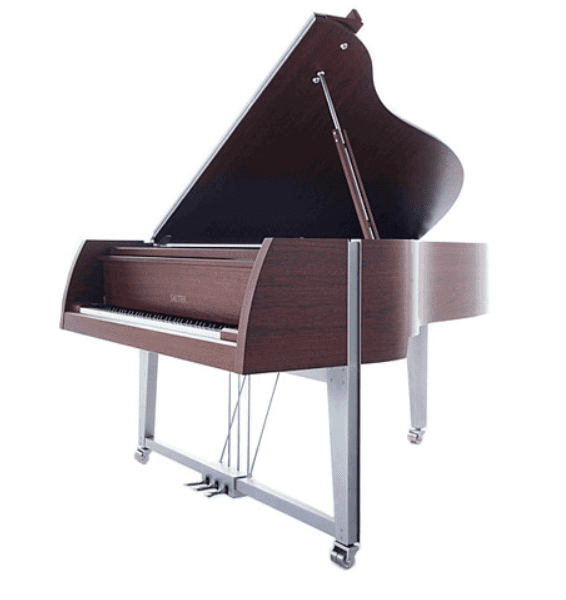

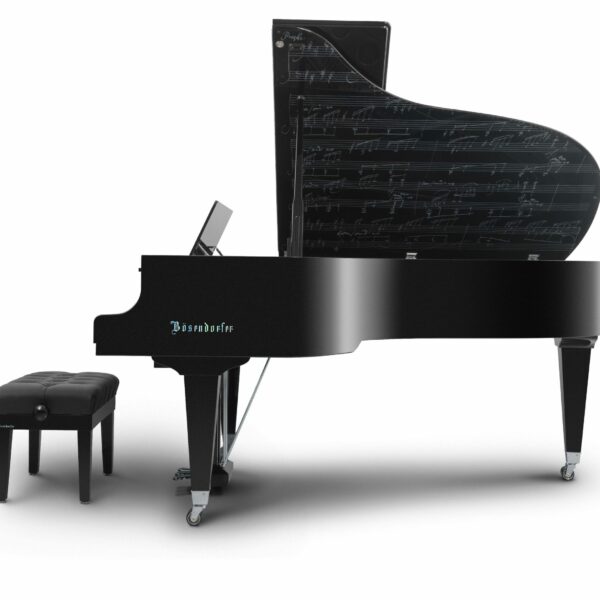
Smart Fella –
me gusta